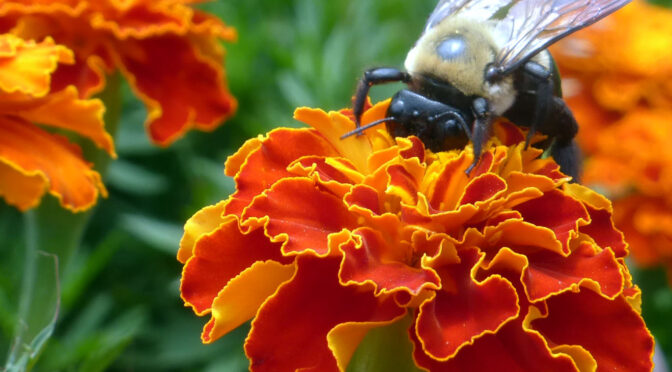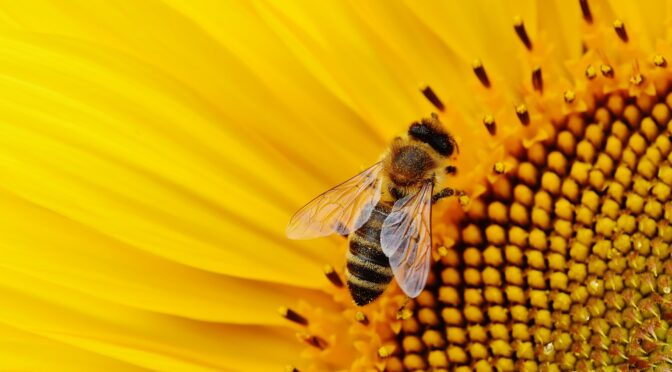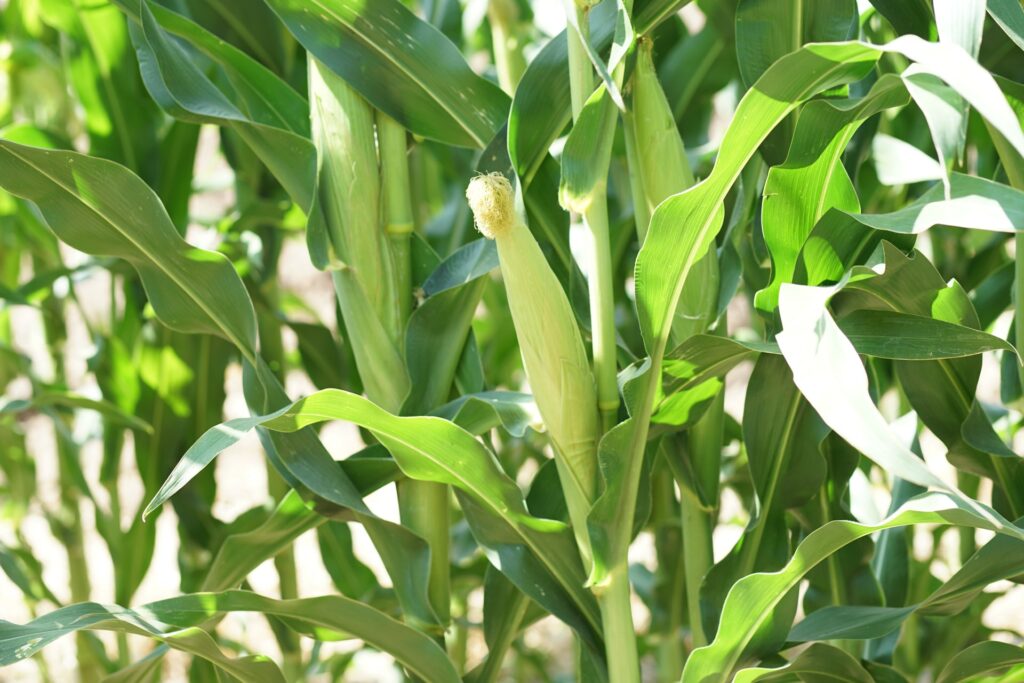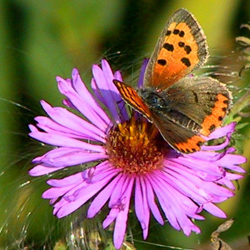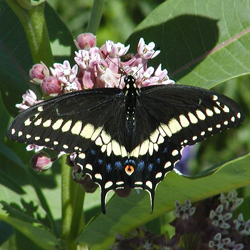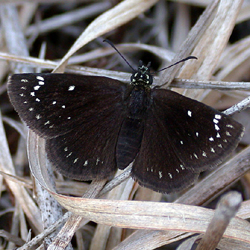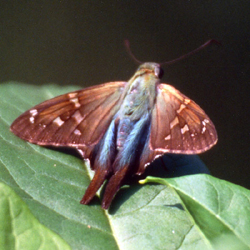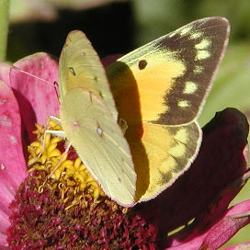National Pollinator Week was started by the Pollinator Partnership and approved and designated by the U.S. Senate 15 years ago. It’s a celebration of pollinators and what they do for us. It’s also a time to raise awareness about pollinators and their declining populations. If you love nature, gardening, and pollinators, it’s a wonderful week to get involved.
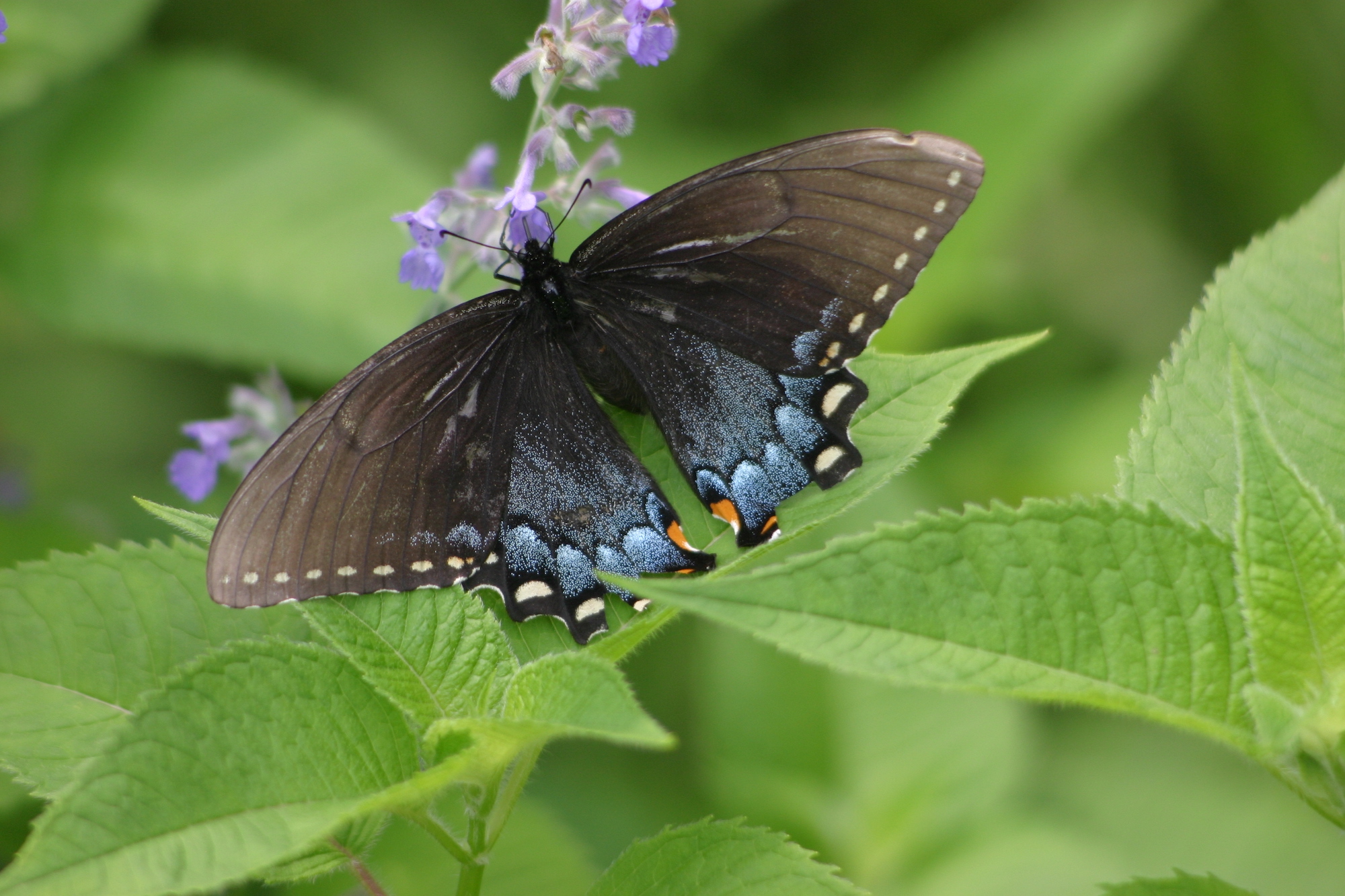 Fun Facts About Pollinators
Fun Facts About Pollinators
- There are about 350,000 species of pollinators worldwide. These species include birds, butterflies, bees, flies, bats, moths, beetles, wasps, small mammals, and even lizards!
- Native pollinators, especially bees, are estimated to contribute $3 billion to the value of crop pollination in the U.S..
- The southeastern blueberry bee is an excellent example of the importance of native pollinators. In her few weeks as an adult, a single female bee visits about 50,000 blueberry flowers, resulting in over 6,000 marketable blueberries worth about $75.
- There are approximately 4,000 native bee species in the United States, 10% of which have not been named or described.
- About 20%-45% of native bees are pollen specialists, meaning they use only pollen from one plant species (or genus). They often do a better job with these plants than non-specialized species.
- Most plants, more than 70 percent of species, depend on pollinators for reproduction.
- Pollinator decline has been reported on every continent except Antarctica.
- Estimates showed that wild bees declined 23 percent across the United States between 2008 and 2013.
- There are several factors causing pollinator decline, including diseases and pathogens, conversion of natural habitats to row crops, pesticide use, and habitat loss and fragmentation.
Identifying Pollinators
From moths to bumblees, identifying specific species of polliantors, particularly insects, can be challenging. Today, there are many apps that can help along with some quality guidebooks like Common Bees of Eastern North America by Olivia J. Messinger Carril and Joseph S. Wilson.
Another great resource is iNaturalist, a joint initiative of the California Academy of Sciences and the National Geographic Society that allows you to share observations and get confirmed identifications from other naturalists.
2023 National Pollinator Week
The 2023 National Pollinator Week is focused on the connection between pollinator decline and climate change. They now face increased disease pressure, food source and habitat loss, rising temperatures, and more frequent natural disasters, all of which have impacted their ability to survive.
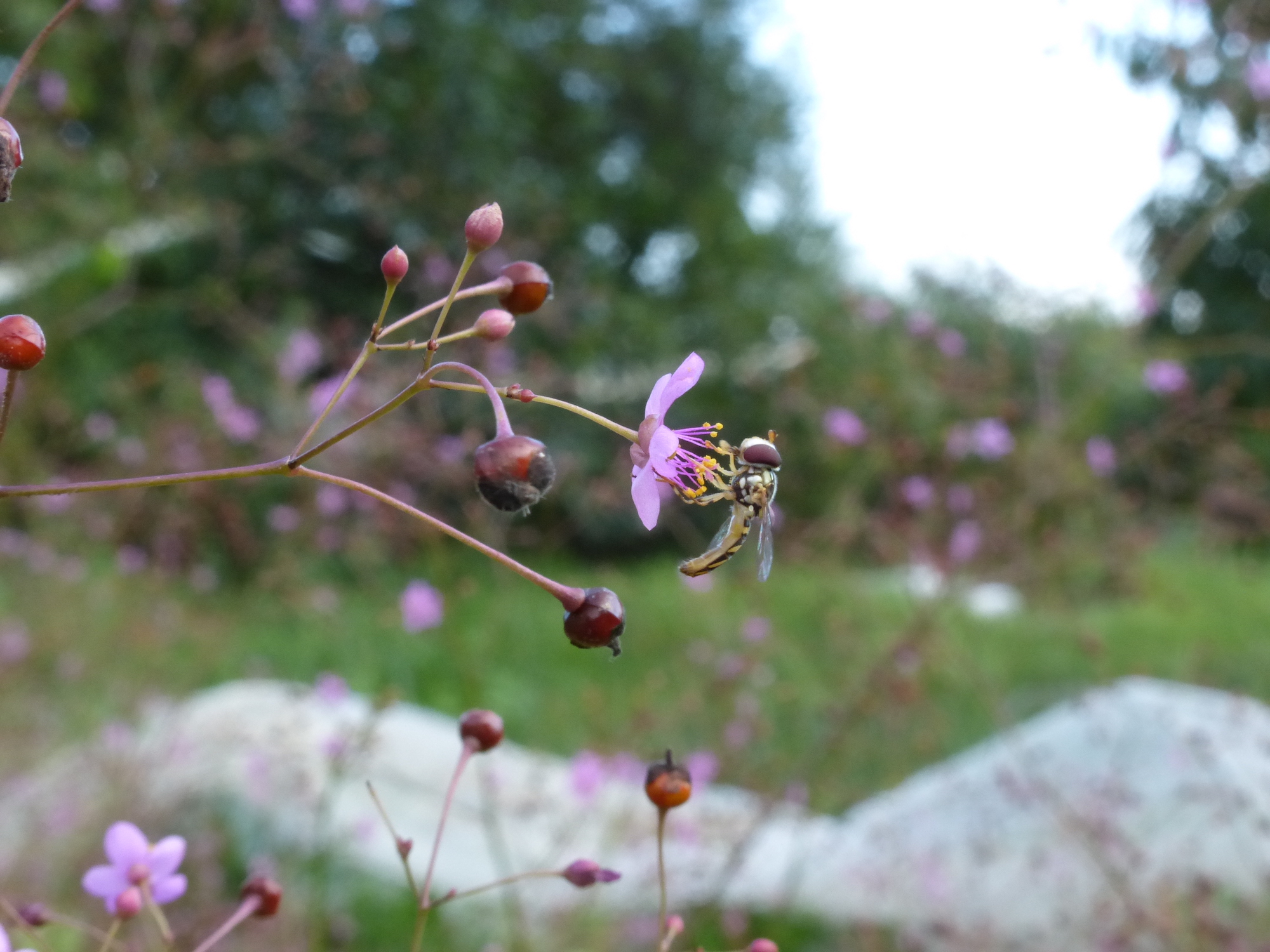 How Do I Get Involved with Pollinator Week?
How Do I Get Involved with Pollinator Week?
- Find Pollinator Week activities in your area or add your own activities to the map and invite others to join in.
- Build an insect hotel or native bee house.
- Plan or start a pollinator garden.
- Share information about pollinators on social media.
- Host a native plant and seed sale or exchange.
- Watch or screen a pollinator documentary.
- Eliminate pesticide usage in your garden.
- Write to local, state, or federal officials and encourage them to take climate change and the plight of pollinators seriously.
- Turn more of your lawn into garden or native plantings.
Ideally, we think about pollinators and do right by them every day. However, Pollinator Week is a good time to reflect on our current practices and encourage others to do so as well. It can be as simple as talking about pollinators with your family and friends or sharing some native seeds with a neighbor, or as involved as campaigning for systematic changes in your state or community.

